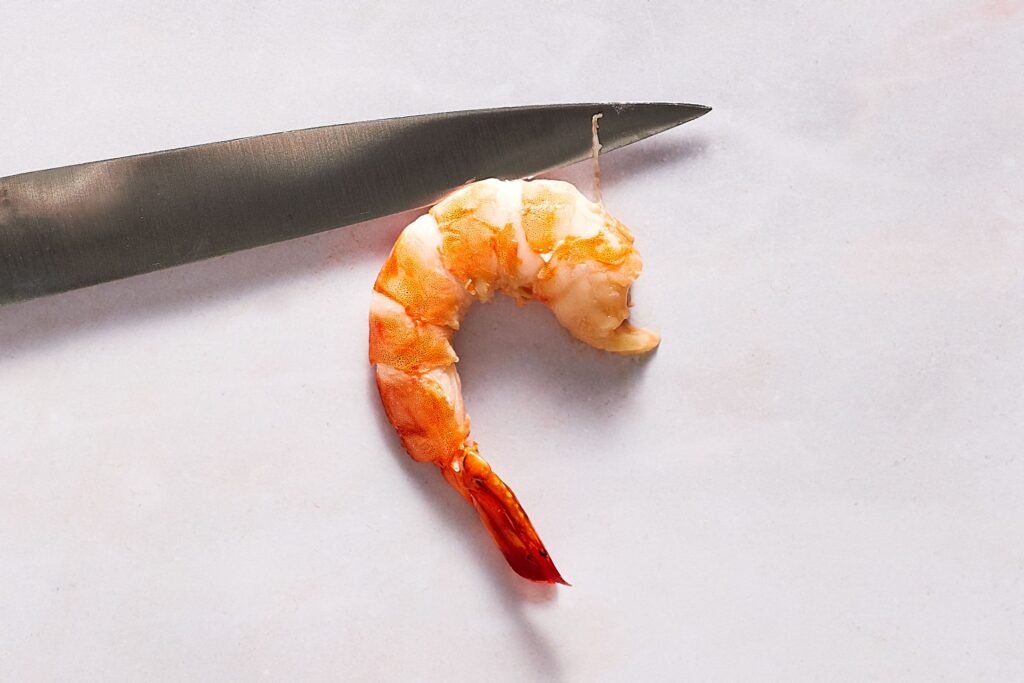Shrimp is a versatile and beloved seafood enjoyed worldwide for its delicate texture and sweet, mild flavor. Cooking shrimp might seem daunting to some, but with the right techniques, it can be a simple and rewarding endeavor. Whether you’re a seasoned chef or a novice in the kitchen, this guide will walk you through the essential steps and tips to perfectly cook shrimp, ensuring a delicious outcome every time.
Choosing Your Shrimp
Before you dive into cooking, selecting high-quality shrimp is crucial. Shrimp come in various sizes, from tiny salad shrimp to gumbo varieties that make a statement on any plate. They can be bought fresh or frozen, with shells on or off, and with or without the vein running down their back. For the freshest taste, opt for shrimp that smell like the sea, a sign of their freshness. If you’re buying frozen shrimp, ensure they are well-sealed in their packaging to avoid freezer burn.
Preparing Your Shrimp
Preparation is key to cooking shrimp. If your shrimp are frozen, thaw them gently in the refrigerator overnight or under cold running water for a quicker option. Once thawed, check if they need to be deveined. The vein, a digestive tract, is not harmful to eat but is often removed for aesthetic reasons. To devein, make a shallow cut along the back of the shrimp and pull out the vein with the tip of your knife or a skewer. If your shrimp have shells, you can choose to cook them with the shell on to retain moisture and flavor or remove them for ease of eating.
Cooking Techniques
Shrimp can be cooked in a myriad of ways, each bringing out its unique flavor and texture. Here are some popular methods:
- Sautéing: Sautéing is one of the quickest methods to cook shrimp. Heat a pan over medium-high heat, add a little oil, and cook the shrimp for 1-2 minutes on each side until they are pink and opaque. This method is perfect for adding shrimp to pasta dishes or salads.
- Grilling: Grilling imparts a smoky flavor to shrimp, making it perfect for summer barbecues. Skewer the shrimp or place them in a grill basket, brush them lightly with oil, and grill for 2-3 minutes on each side.
- Boiling: Boiling is a straightforward method, ideal for shrimp cocktail or cold salads. Bring a pot of salted water to a boil, add the shrimp, and cook until they float to the surface and turn pink, about 2-4 minutes depending on their size.
- Baking: Baking shrimp in the oven is a hands-off method that allows you to prepare other parts of your meal simultaneously. Arrange the shrimp in a single layer on a baking sheet, drizzle with olive oil and your choice of seasonings, and bake at 400°F (200°C) for 6-8 minutes.
Flavor Pairings and Recipes
Shrimp’s mild flavor makes it an excellent canvas for a variety of seasonings and sauces. Classic pairings include garlic and butter, lemon and herbs, and spicy Cajun or Creole spices. For an easy yet flavorful dish, try garlic butter shrimp: simply sauté shrimp with minced garlic in butter, finish with a squeeze of lemon juice, and sprinkle with chopped parsley. Serve over pasta or with crusty bread for a satisfying meal.
Another popular recipe is shrimp scampi, a quick dish that combines shrimp with garlic, white wine, lemon juice, and parsley, typically served over linguine. For a more adventurous take, explore international dishes like Thai shrimp curry, Spanish paella, or Mexican shrimp tacos, each offering a unique blend of spices and flavors that complement the sweetness of shrimp.
Conclusion
Learning how to cook shrimp is a valuable skill that can open up a world of culinary possibilities. Whether you prefer them grilled, sautéed, boiled, or baked, shrimp can be a quick and elegant addition to any meal. Remember to start with fresh or properly thawed shrimp, choose a cooking method that suits your recipe, and don’t be afraid to experiment with different seasonings and sauces. With these tips in mind, you’re well on your way to mastering the art of cooking shrimp, ready to impress your family and friends with delicious, seafood-inspired dishes.

